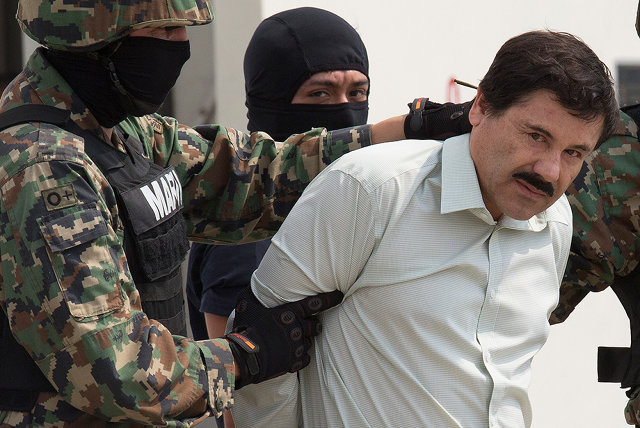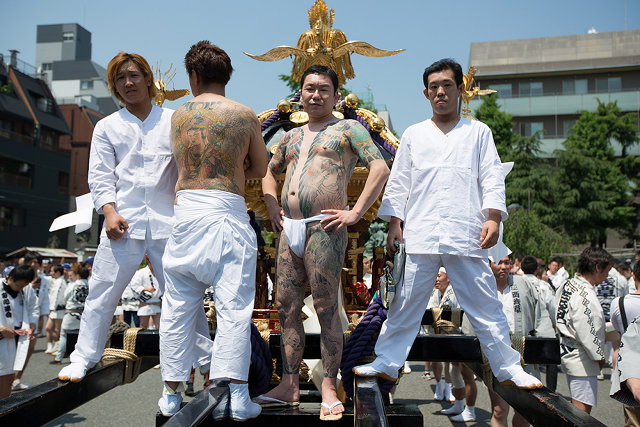INNOVATE LIKE A SYNDICATE.
Blockbuster is gone. So are Lehman Brothers, Atari, Pan Am, Circuit City and countless others each year. Startups fail, too, with 80% going belly up within the first 18 months. But here’s something to consider in comparison: criminal syndicates don’t go out of business. The Chinese Triads have been around since the 17th century. For 25 years, Mexico’s Sinaloa Cartel has outmaneuvered vicious competition at home as well as the United States' $51 billion--annually--“War On Drugs.”
Net margins for criminal organizations shame their legal counterparts; while airlines earn 1.8% and oil companies average 8%, cocaine cartels earn a 93% net margin--for just wholesale. Profit per full-time employee ratios are also off the charts. Google’s profit per FTE is $270,000 and Apple’s is $460,000, both of which are impressive. But the Sinaloa Cartel’s profit per FTE is estimated at $20 million. The global reach of these organizations is also expanding. Beyond North America, the Sinaloa Cartel is now active in Europe, Asia, and Australia.

All of this money and growth is happening despite the efforts of governments and law enforcement agencies to eradicate them. Imagine if there were federal agents whose sole mission was to put Sears or J.C. Penney out of business? I’m thinking they wouldn’t be around. Or, what if Amazon Prime had to operate in secret? Each year, lots of brands die without any help from the FBI or ATF. And yet criminal syndicates make immense profits mostly in competitive commodities businesses. So how do they do it?
In a word: culture. Criminal syndicates are far superior at creating successful cultures than the vast majority of the Fortune 500. All successful criminal syndicates, across cultures, geographies, and endeavors, are primarily culture-driven brands. Despite their significant differences, these culture-driven brands have three key attributes in common.
1. Credo. The Japanese yakuza identify themselves as “chivalrous organizations” and operate within strict codes of conduct that express very specific organizational values. The Sinaloa Cartel, unlike its competitors, actively cultivates a populist image and claims to adamantly oppose kidnapping and the murder of innocent civilians. These beliefs govern organizational behavior--who they are, what they do, and what they won’t do. And theses credos are far more actionable and authentic than the “values” posters hung in corporate cafeterias. In place of employee handbooks and other corporate drivel, these organizations have distinctive rituals, symbols, and artifacts to express their credos.
2. Improvisation. Corporations can over-index on “innovation.” But improvisation is a form of innovation, and just as important. Asstreaming technologies emerged, did Blockbuster improvise and move quickly to shift the way it did business? Not quickly enough. And that’s reflective of mainstream corporate cultures that tend to think of innovation as a “process” rather than a behavior.
Criminal syndicates are different; they think of innovation as an organizational imperative. A drug smuggler who finds a new way across a border knows that customs agents will eventually discover the innovation, so he needs to always think of new ways. The Sinaloa Cartel was the first to design and construct a tunnel under the U.S.-Mexico border. The cartel also managed to have family members hired as border agents, and even used a catapult to counter a high-tech fence in Arizona. The yakuza benefit from highly diversified revenue streams, which they’ve systematically grown from traditional gambling and prostitution rackets to modern construction andtransportation businesses. Where there is a threat or an opportunity, criminal syndicates improvise.

3. Small-but-big. While too many corporations bury employees within organizational charts that are so big there’s specialized software for creating them, criminal syndicates stick to small teams. With just an estimated 150 members, the Sinaloa Cartel produces revenue equivalent to the GDP of Belize (a country with more than 330,000 people). And while the Yamaguchi-gumi is the largest yakuza organization with more than 20,000 active members, those members are spread across 2,500 different businesses and 500 sub-groups. The teams are small, but they can pull significant resources from the whole.
Just as importantly, the small team structure nurtures an entrepreneurial zeal and an emphasis on doing. With so much at risk, with everyone empowered, and with everyone aligned through shared values and a unifying sense of purpose, criminal syndicates use small teams to accomplish really big things.
There it is, the underworld model for success: small-but-big teams inside belief-driven cultures improvising continuously. Doesn’t sound so criminal, does it? That’s because it’s a familiar formula for some of the best legal brands in the world, from Apple and Nike to Virgin and Zappos. One of the familiar refrains about criminal syndicates is that they are run “like a legitimate business.” Another is just a sorrowful question: What if these talented criminals had only used their talents for good? Both of these are missing the point. Legitimate businesses wish they had the cultural clarity and business results of these underworld organizations. I don't mean to downplay the harmful, reprehensible activities criminal syndicates deal in. But they could teach legitimate businesses an important organizational strategy: work toward small-but-big teams, create belief-driven cultures, and improvise continuously. Because it works.
ADD NEW COMMENT
No comments yet. Be the first!
0 COMMENTS